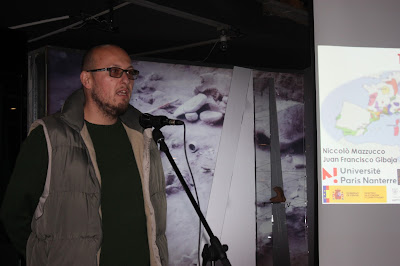We spent three intense days of work in Carcassonne, Toulouse and Narbonne.
Next year we will return to the south of France to work with other archaeological deposits. We want to get an accurate view of the sickles of the first agricultural communities that came to this territory.
We thank the curators of the museums and research centres we have visited. We want to give special thanks to Professor Jean Guilaine, Elsa Defranould, Marion Audoly, Aurélie Devos, Sylvie Philibert and Claire Manen for their help and kindness.












































